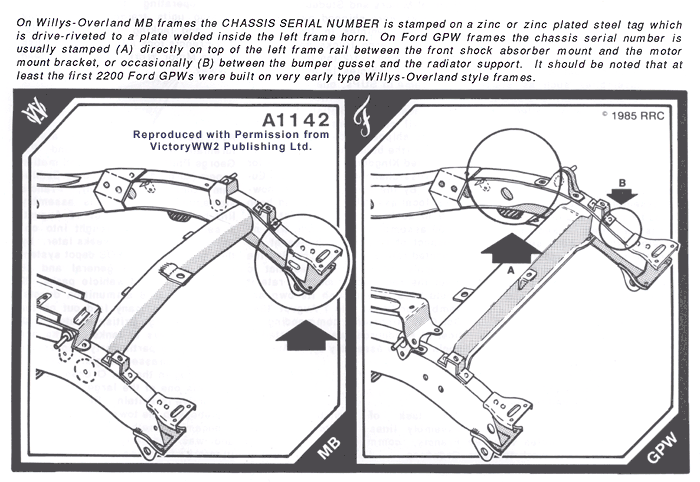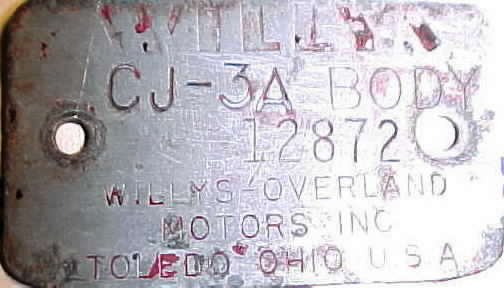

The wheelbase was lengthened to 86 inches.


These two models were known as 17 and 18 and developed nine and 16 hp respectively. The company claimed that the “long wheelbase” (78 inches), “large tires” (28 x 2.5 inches) and “long springs” were major contributions to “pleasure in driving.”įor one reason or another, people took to the Overland, and after three years the concern (which had now become the Overland Motor Car Company), dropped its one-cylinder engine in favor of more powerful two- and four-cylinder versions, the first of which appeared in 1905. The power unit was a single-cylinder, water-cooled engine that embodied at least one “modern” design feature-it was located under the hood at a time when many automobiles still had their engines below the driving seat. It used a tiller as a means to control the steering. That year, the Standard Wheel Company of Terre Haute (later of Indianapolis) put on the market a low-priced runabout with a starkly functional appearance. The first Overland, grandfather of the famous World War II Jeep and ancestor of today’s Jeep automobiles, was born in 1902. Willys - Overland Part 1: 1902-1915 (1902-1915īecause he never liked to lose a sale, John Willys saved an auto industry.


 0 kommentar(er)
0 kommentar(er)
